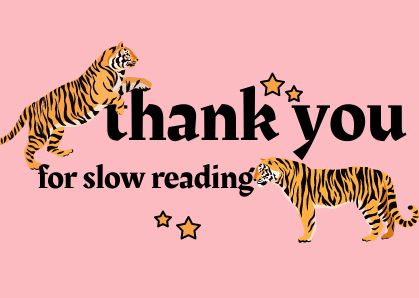Why You Need Slow Work In 2023
Humankind is on a slippery slope to burnout. We’re working too much, and the world is getting hotter by the minute. In order to move our society forward in a healthy way, in 2023, we need to reject the idea of hyper productivity for slow work.
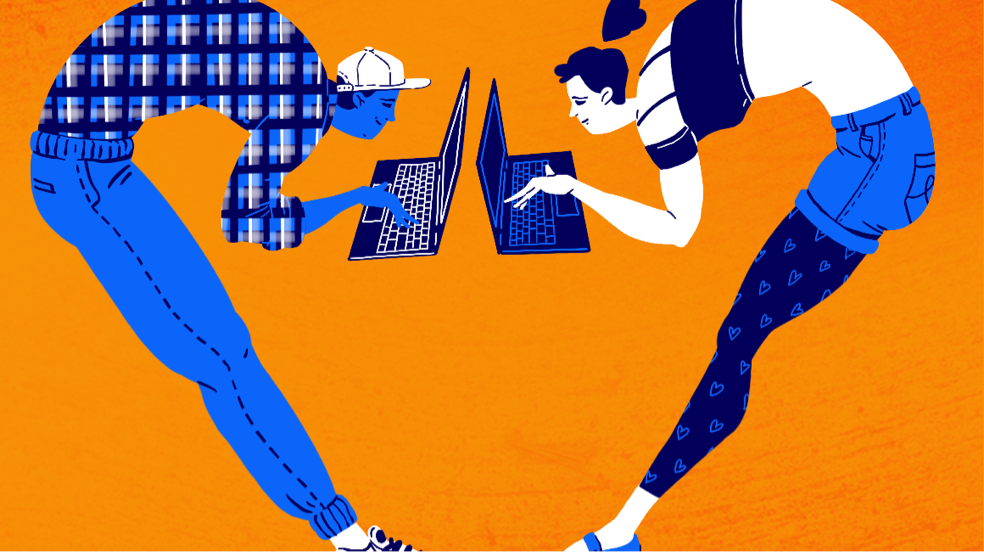
When all the productivity hacks fall off a cliff, and there is no remedy for fatigue and procrastination, trying random techniques rather than relearning the true meaning of work will be similar to building a house of cards, flashy but zero resilient and notoriously flimsy.
That's why we need a totally different structure that would be capable of saving us from burnout (that even princes fall a victim to) and bringing sustainability of success.
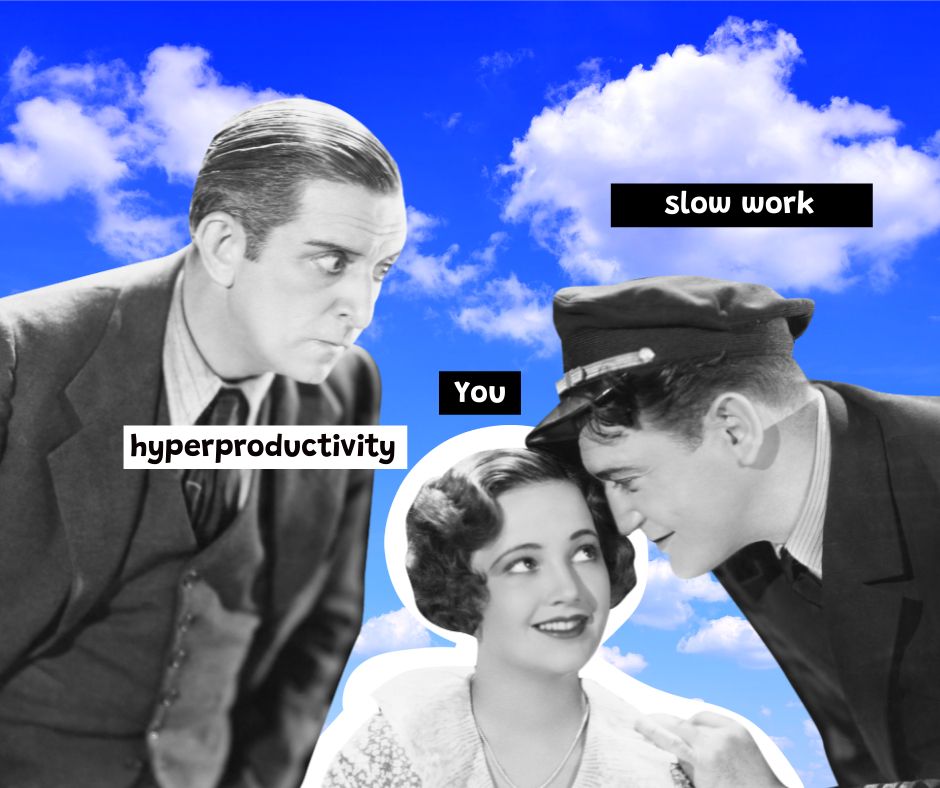
Below, there is a playbook and tools that hold you accountable for developing a new workstyle, and it is slow work.
What Is Slow Work
Uber productivity, 'punch-the-day-in-the-face' mantras, hustle culture, and overachieving at all costs had their moment but, with Great Resignation, the old gods seem no longer in favor.
Slow work implies discovering the right speed of performance. It advocates the rule: 'do less to achieve more'. Thus, slow work embodies two meanings:
- It is an antidote to 'crush it' culture that fetishizes overwork and long hours
- It is a style of work that prioritizes focus on performance and finding meaning in it, not on reaching deadlines despite the pressure on mental health.
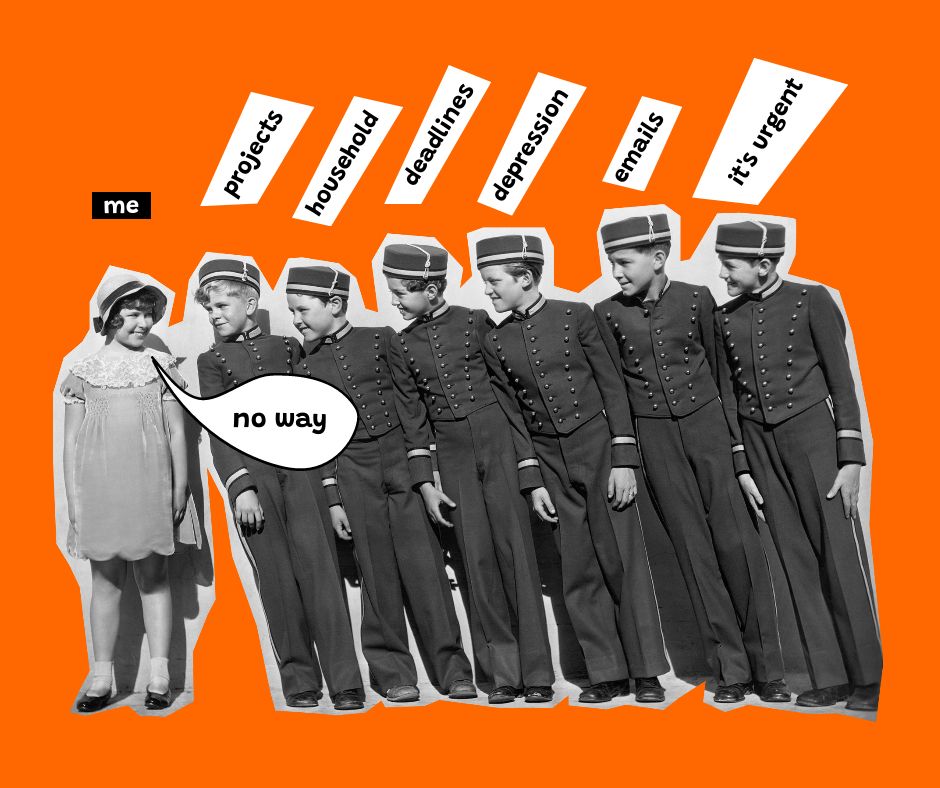
It is a fact that stress is ok in short bursts, but not for the prolonged time caused by fast-paced work as it is leading to chronic, potentially deadly exhaustion.
The group practicing the slow-paced approach to work is more likely to survive the next decades than the fast-paced, 'hyped up' group because actively pursuing the path of slow focused performance over the path of speed guarantees more stamina and sustainability (the famous fable of turtle winning the race comes to mind).
Slow work prioritizes focus over busyness and subtraction over addition.
Sharpening focus in slow work can be achieved by:
🐢 exploring meaningfulness
🐢 switching from mindless activities
🐢 keeping the speed of performance at an optimal level
🐢 addressing the first signs of overwork through clear communication
🐢 being aware of cognitive biases we are prone to.
Bottom Line: To avoid a decline in performance, you need to slow down rather than be merciless to yourself. Slow work helps develop a lifestyle that supports our need for stability and security over the long term.
The importance of Slow Work, or Why Now
At length, the pandemic forced employees to recognize the importance of greater work-life balance. The legislative initiatives for a four-day week is a sign, and a warning to businesses, that the familiar nine-to-five, in-office work will no longer be viable even after the crisis is resolved.
Recently, 75% of respondents said that they expected WFH policies to be permanent in the post-pandemic.
With all the advantages of reducing the time of commute and getting a chance to maintain a better work life balance, new remote and hybrid workforce management practices are rising concerns over employee burnout.
Evidently, the reality of trade-offs is that we can’t have it all or do it all. In this case, slow work allows:
- early recognition of overwork and burnout
- active encouragement of creativity
- expansion of individual choice when it comes to spending our energy and time.
The Power of Slow Movements
Fast-pacing work and obsessive concentration on achieving the quantified goals, especially under the pressure of the pandemic, comes with a cost of high risks of burnout, mental health issues, increased employee turnover, and, consequently, a drop in productivity.
Slow work is the product of a quest for a different way of working. And it’s coming. We must embrace slow work without hesitation for its benefits:
- Working at a slower pace prevents burnout: the power of the process is that it can free up time and energy to do things that are not always reduced to a checklist.
- Slow work makes a positive impact on sleeping and eating habits for a more productive lifestyle.
- It trains us to be internally calm and more stable, thus, reducing reactivity and building a higher level of engagement and responsiveness.
Embracing slow work allows us to take a fresh perspective on estimating results vs. efforts and, eventually, create more approachable strategies in work.
Most importantly, even when some of the inputs are slow, it forces gradual advances and facilitates rapid progress.
For instance, in development, it means that adoption friction is reduced, business models are simplified, and, thus, implementation time is optimized.
The two dos and two don'ts of slow work are:
- don’t worry
- don't lose focus
- keep moving without idolizing the speed
- carry through to completion.
5 Ways of Embracing Slow Work
Slow work doesn't mean that it's random. In fact, many skilled experts deliberately employ certain habits and practices as they work.
What are the practical tips on hitting the ‘slower’ button when performing a project?
Below, we list 5 easy-to-follow tips on how to embrace slow work whether you work as a part of the team or individually.
Schedule. Surely and Slowly
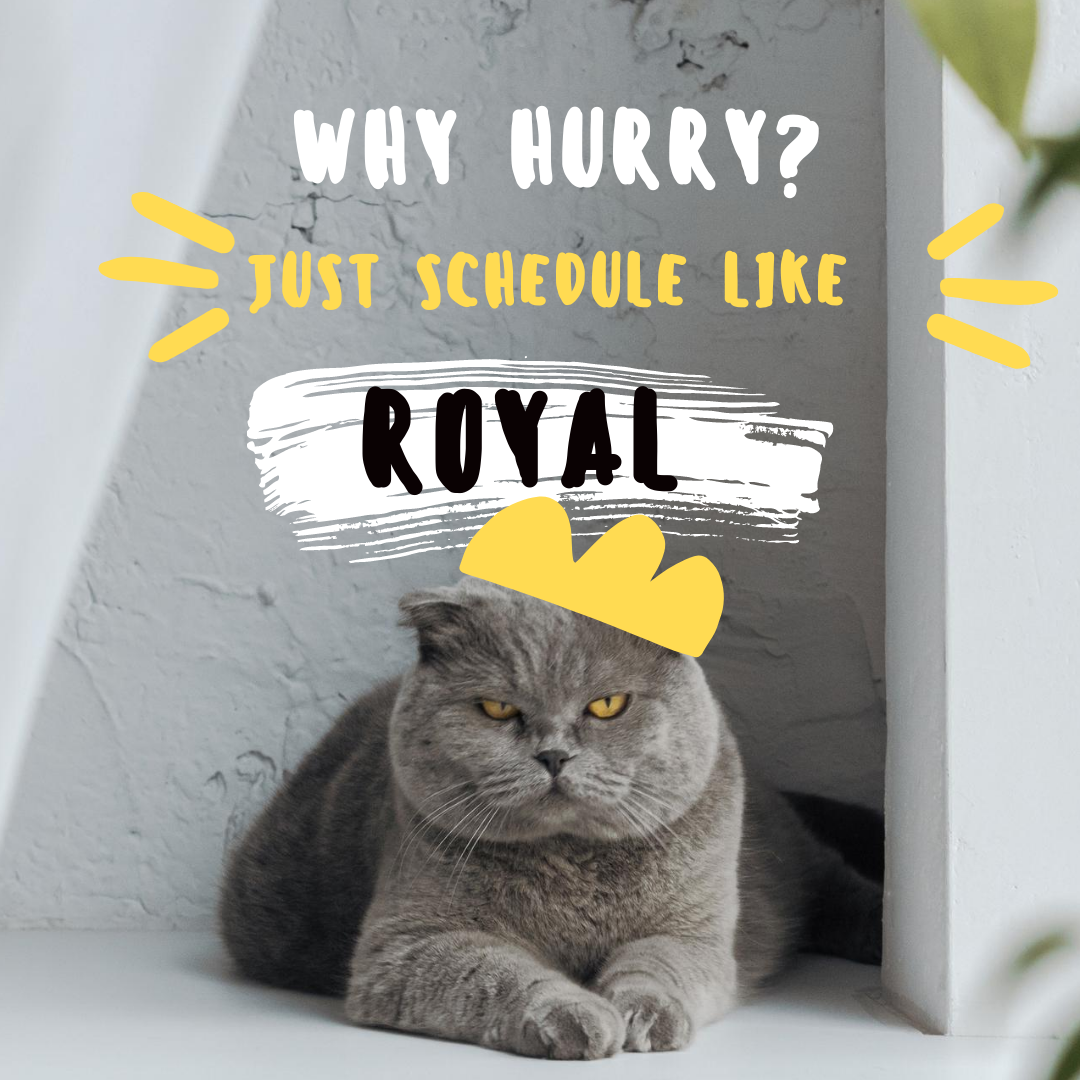
The importance of a schedule is hard to overstate: mastering the art of a productive schedule is about organizing your activities daily so that 3 essential components of success come to an alignment. They are:
- tasks you want to perform
- order of their performance
- allocation of time for work completion.
When done correctly, schedules aid you in the creation of the roadmap for achieving the goals without overstretching yourself.
How to schedule in slow work mode:
- schedule a limited number of tasks (though the length of the daily activity list may vary, increasing the number of tasks can dramatically exhaust mental capacities)
- leave room for adjustment (allocate time with regard to force majeure)
- schedule today on yesterday (planning in advance will prevent feeling overwhelmed and allow for optimizing meetings and tasks in case of necessity)
- prioritize clarity over complexity (it can be checked by how straightforward your work timeline is)
- schedule breaks and time off (the experience of WFH proves it to be one of the most effective ways of burnout prevention).
To facilitate scheduling, there are plenty of work schedule templates that will remove the burden of planning off the daily agenda.
Bottom Line: Schedule brings the structure to the workday built around an itemized approach with the focus on one task at a time.
Set Mental Health as Your Priority
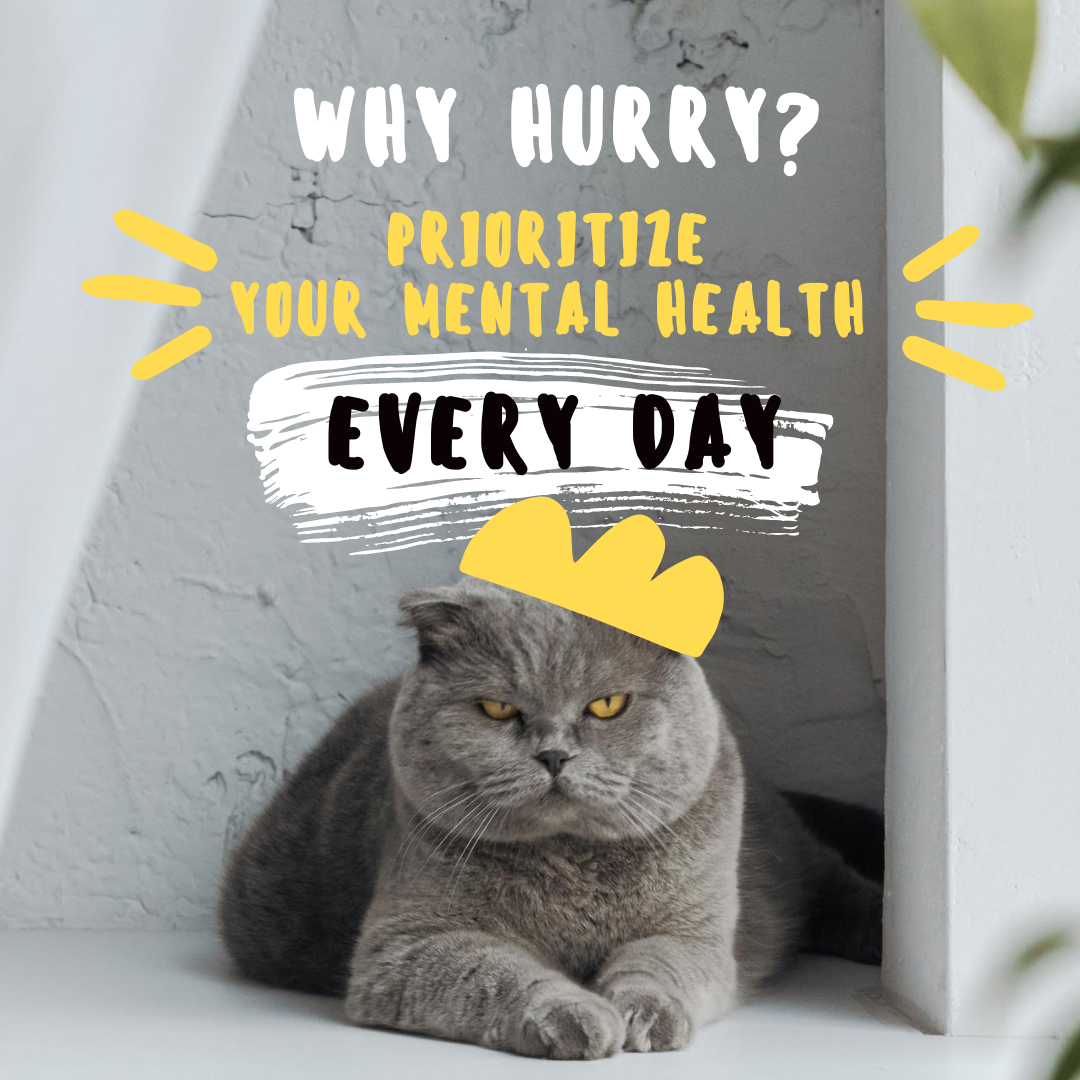
The word 'priority' entered the English language during the 14th century.
Till the 20th century, it remained singular, meaning the very first thing. With the regard to mental health, it will be beneficial to remember this fact as it adds weight and significance to prioritizing mental wellbeing in 2022.
Prevention of cognitive overload is closely linked to slow work that enables us to be focused rather than fast.
Quoting Lao Tzu:
Nature does not hurry, yet everything is accomplished.
How to prioritize mental health in slow work mode:
🦥 set 'slow goals' (though not immediately achieved, they always pay off by helping us acquire new skills and experience)
🦥 group tasks by categories (it prevents wasting time on recurring tasks)
🦥 block time for checking email once or twice a day; stretching this task will frustrate and collapse motivation
🦥 mute notifications (they distract, push us to the trap of multitasking and steal focus)
🦥 use to-do lists (they stop us from keeping too much information in mind).
Bottom Line: For creating a healthier work routine that greatly contributes to mental health maintenance, we can take the simple steps listed above. And of course, leave room for experimenting on speed and style of slow work: this will combat FUD (fear, uncertainty, doubt), the biggest 'enemies' of mental health, more effectively.
Build a Healthy Sleep Routine
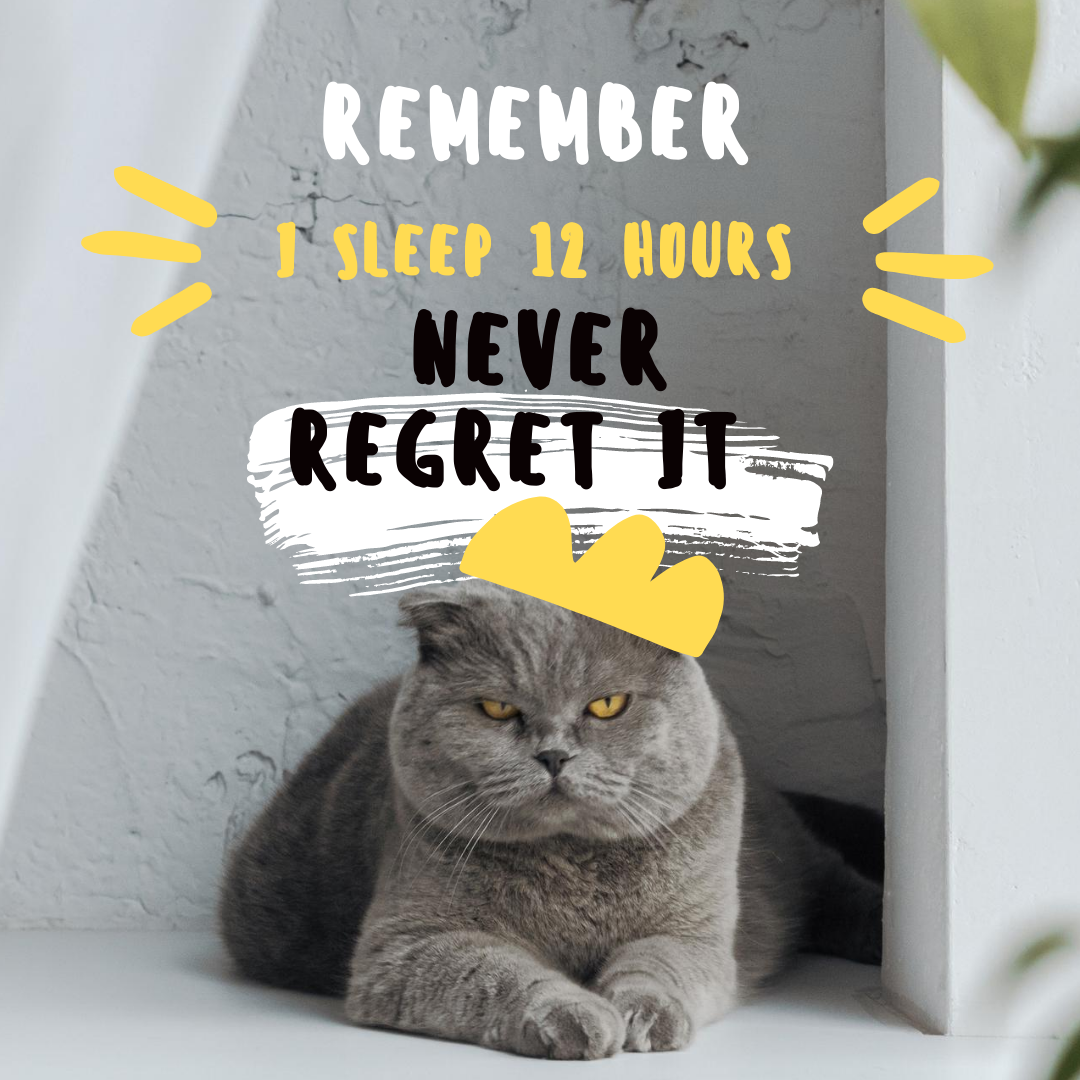
The art of slow work starts...with getting enough sleep. Sleep deprivation puts a strain on our bodies. From feeling overwhelmed to less productive, unhealthy sleep habits can have detrimental effects by causing chronic stress.
How to get better sleep for activating slow work:
💤 reduce screen time in the evening to the minimum
💤 make your environment sleep-friendly (temperature, ventilation, comfortable sleeping place)
💤 set a sleeping schedule (when it comes to waking and sleeping time, your mind and body will be grateful for choosing predictability)
💤 journaling and meditations are proven techniques for developing healthy sleep routine.
In addition, you can use apps that help: sleep trackers, habit-builders, smart alarm clocks, assistants for meditation and relaxing and other solutions for preventing sleep deficiency.
Bottom Line: Sleep management is an important part of stress management as it assists in reducing binge eating, anxiety and moodiness that cause the loss of focus, intense emotional reactions, bad decision-making and errors at work.
Take Breaks Intentionally
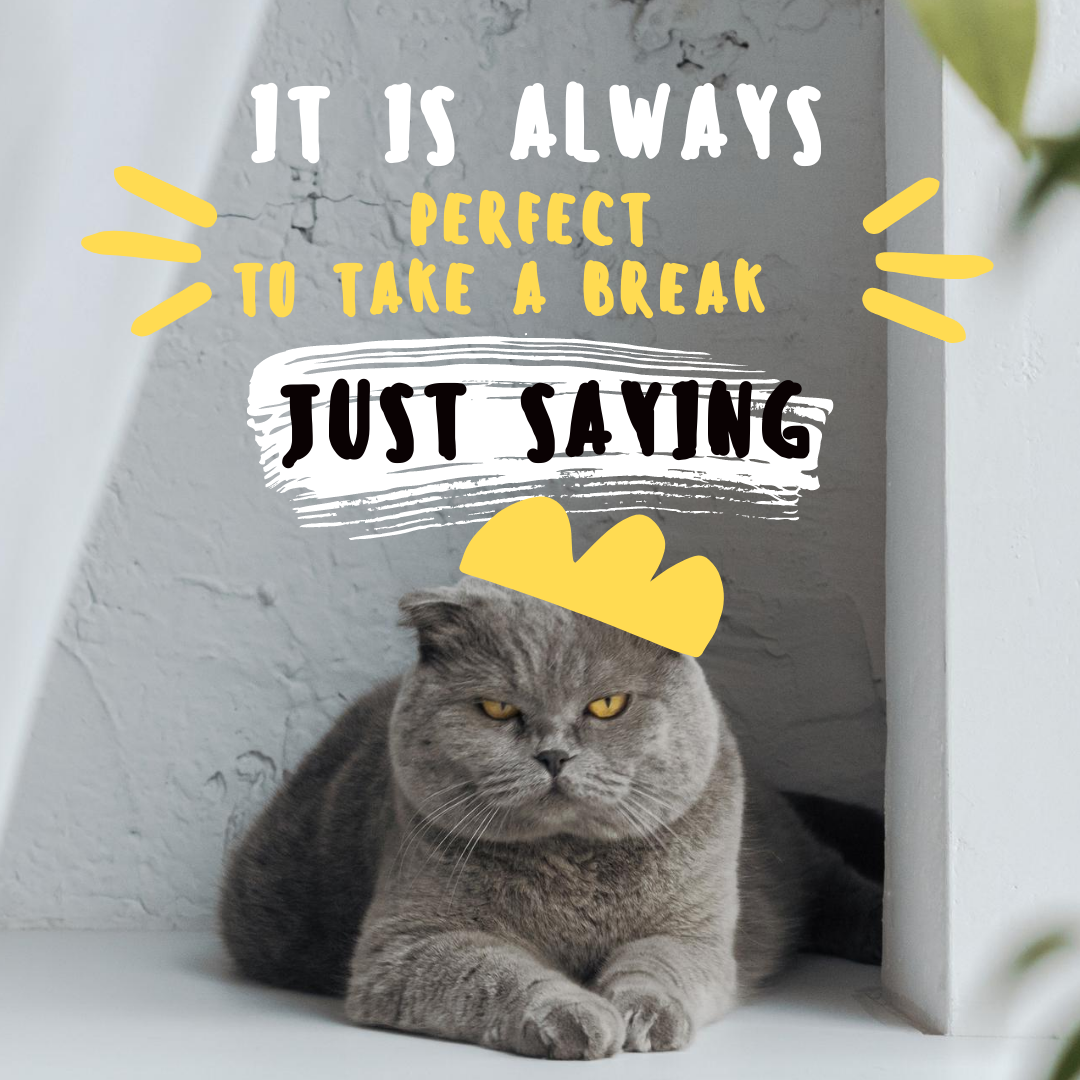
Habits are Mother Nature's version of outsourcing, goes a popular axiom. Indeed, if we master the art of taking an intentional break, we will notice positive changes in work-related habits as well. In particular, making a proper pause helps avoid mental overdrive and practice slow work at its best.
How to take a break intentionally in slow work mode:
- upon completion of a big task or a project, take a break to reward yourself and acknowledge your achievements, - it will work as a motivation booster
- search for a spark of joy and inspiration in nature
- when taking a break, ground yourself through activating your senses: look for things to admire, listen to music you love hearing, eat food you love tasting
- be picky when it comes to information you consume in the break time: let your 'information menu' be enriching rather than poisoning with negativity and fakeness.
Bottom Line: The main components of slow work are stress management and attention to detail. When taking a break, make sure to give yourself space and time to unplug, process the information, and regain strength.
Track Time Unobtrusively
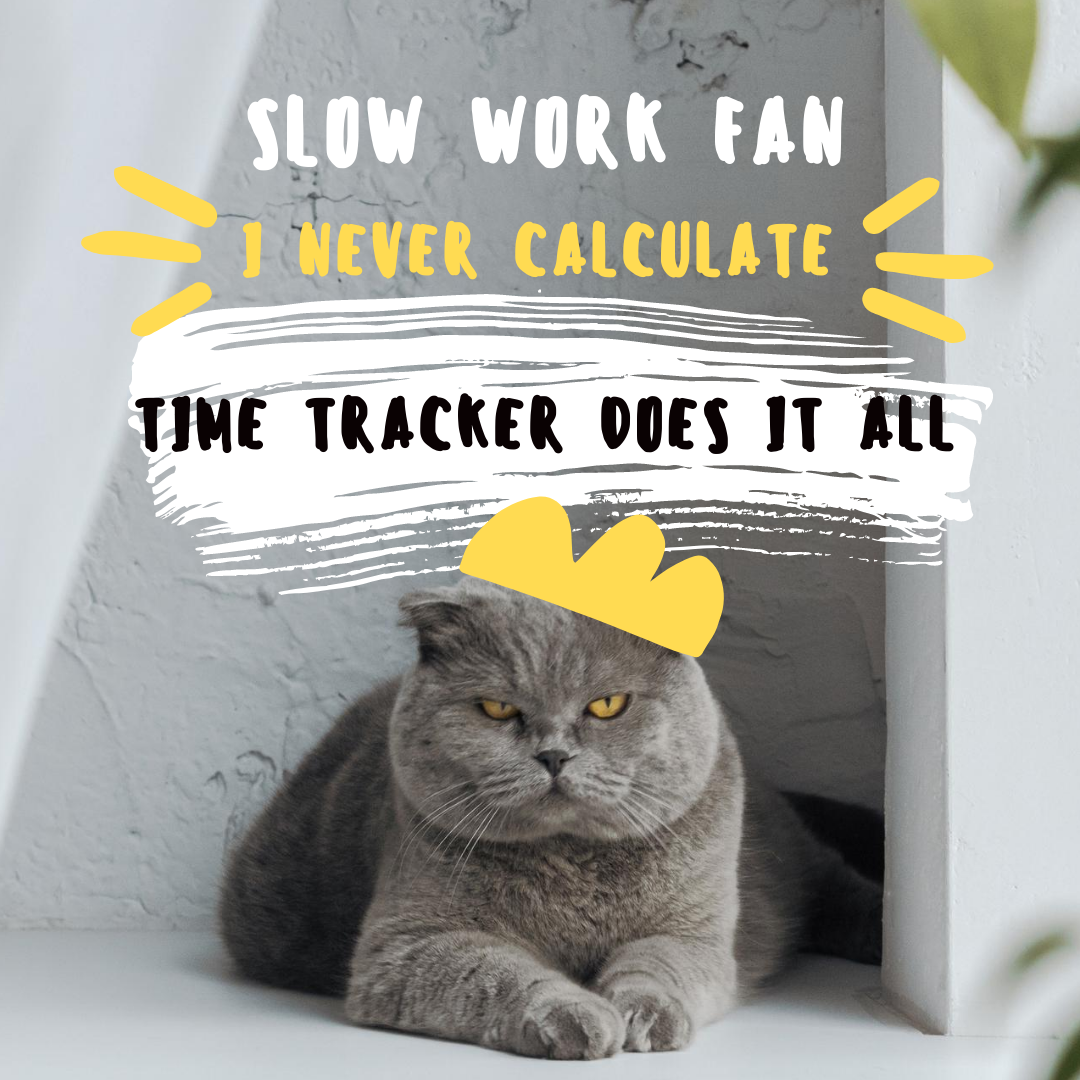
Since time is what we use to judge the value of things, in the case of slow work it puts a premium on staying focused when performing complex tasks. But without a tool for keeping a clear boundary on work, it is easy to get lost and blur lines defining our work life balance.
How to track time in slow work mode:
Choose TMetric. The key is TMetric approach to time tracking that can be described as 'zero effort'. In particular, TMetric timeline shows activity levels. This way, it is easy to know your productivity peaks and distribute workload accordingly. Aside from the accuracy that it provides for work time calculations, its time tracking plans include:
- Task management
- Great integrations
- Time Off Tracker enabled with a click.
Bottom Line: Make rules around things like work time calculations. Use only automatic solutions, and there will be no need for allocating time for admin-related tasks that can be exhausting, to say the least. The question you need to ask to guide your slow work: 'Does your tracker complete my work?'
With help of TMetric time tracker, you will find your way to work-life balance and optimal speed of performance in an unobtrusive and efficient way.
Conclusion
We believe that fast work associated with multitasking, distractions, expanding to-do lists is what can lead us astray while focused slow-paced work proves to be a solution to burnout prevention.
Slow work encompasses a wide range of questions of time management, sleep routine, productivity, mindfulness and purpose.
Slow work is not the work that makes for acceleration for the sake of busyness. It does not necessitate long hours or unconventional schedules, but the expectation that its results will be contributing to sustainable success.
Slow may seem less resultative but in actuality, it is much more approachable as it returns us to meaningful work based on the art of single-tasking. Overall, we get the maximum benefit in personal and business productivity when we slow down and favor focus over speed.
We should set the speed at the dial that will help us feel focused and productive because we live at a time of a choice between working slow or burning fast.
